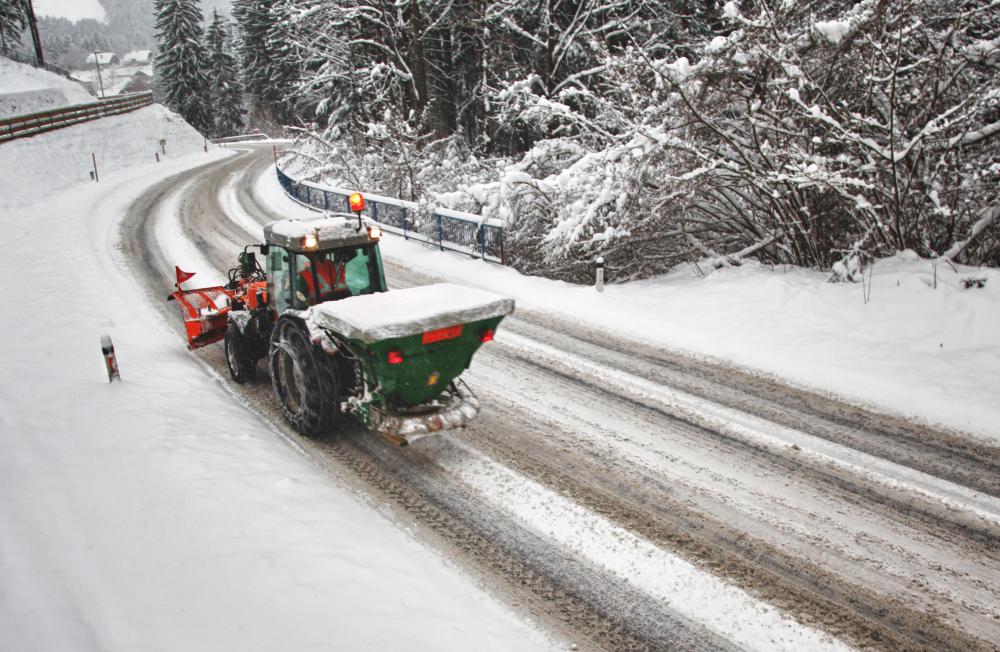At WiseGEEK, we're committed to delivering accurate, trustworthy information. Our expert-authored content is rigorously fact-checked and sourced from credible authorities. Discover how we uphold the highest standards in providing you with reliable knowledge.
What are the Different Types of Maple Disease?
Maple disease can include infection with a variety of fungi, as well as disease caused by poor growing conditions and physical damage to trees. Tree diseases need to be identified and treated early to reduce the risk of permanent damage. In the case of maple disease, many problems are fully treatable, especially when caught early, and the treatment is usually relatively straightforward. By taking prompt action, people can also prevent the spread of maple disease to neighboring trees.
Different parts of the maple including the roots, bark, leaves, and vascular system can be involved in maple disease. Many of the causes of disease in maples are fungal in nature, as seen in anthracnose, maple wilt, sapstreak, powdery mildew, and sooty mold. These diseases often cause the leaves to develop spots and marks, lead to early leaf loss, and can cause cause disease of the branches and trunk. While sapstreak is fatal, other fungal diseases in maple trees can be treated by providing trees with nutrition and water and removing the infected material.

The trunk and bark can develop splitting, often in response to sun damage, and canker, where a patch of dead, diseased tissue develops. Canker is often caused by a bacterial or fungal infection. In addition to looking unsightly, it can leave the tree vulnerable to boring insects and more aggressive organisms, and these can potentially kill the tree. Asian longhorned beetles and other beetle species can also be responsible for maple disease, damaging the plants and setting them up for fungal colonization.
Maples near roadways are prone to salt injuries in cold climates, caused by splashback from the road. Highway agencies can use sand or other materials to address ice while reducing the risk of damage to nearby trees. Another cause of maple disease is girdling of the trunk or roots. This can be caused by growing in too small an area, leading roots to tangle around each other, and may also be caused by things like fencing pressing up against a tree.
Leaf scorch, a maple disease characterized by the development of a scorched appearance, is caused by issues like not enough water, too much water, heat, poor soil, limited nutrients, or excessive nutrients. It can also be caused by shock, as when trees are transplanted or excavation is carried out near a tree.
A maple tree that begins to look sick or stressed should be checked for signs of disease. Soil samples can be tested for bacteria and fungi and to collect information about nutrient levels, and labs can also analyze leaves and branches for the presence of pathogens.
AS FEATURED ON:
AS FEATURED ON:











Discussion Comments
Good soil is one of the most important ingredients needed to grow healthy maple trees that are not vulnerable to so many of the maple diseases out there. One of the best things you can do for your trees is to add a certain type of fungus to the soil.
You might think that the last thing you would want to do would be to add fungus to the soil, but there is a type of fungus that actually helps the roots to grow stronger and spread. This strengthens the entire tree. I'm sure someone at your local gardening center could tell you the exact fungus that would be needed for the soil to help maple trees grow.
I have friends who bought a house and land with the purpose of making the property support itself. They looked at an endless number of places before they finally decided to purchase one of them. They wanted a place where they could live and earn a couple incomes. They planned to do this by renting a part of the house, or a garage apartment and by finding another income depending on what the property had to offer.
They finally settled on an old house they could operate as a bed and breakfast and rent rooms. The property also had several acres of land, and maple trees were all over the place. They planned on selling the maple syrup to make money.
They have had some success with the bed and breakfast, but the maple syrup business has not done as well. As it turned out, the soil where the trees were growing was not the best and the trees have not produced much of anything. The poor soil means that the trees are not as healthy as they should be and this has led to maple diseases.
Post your comments